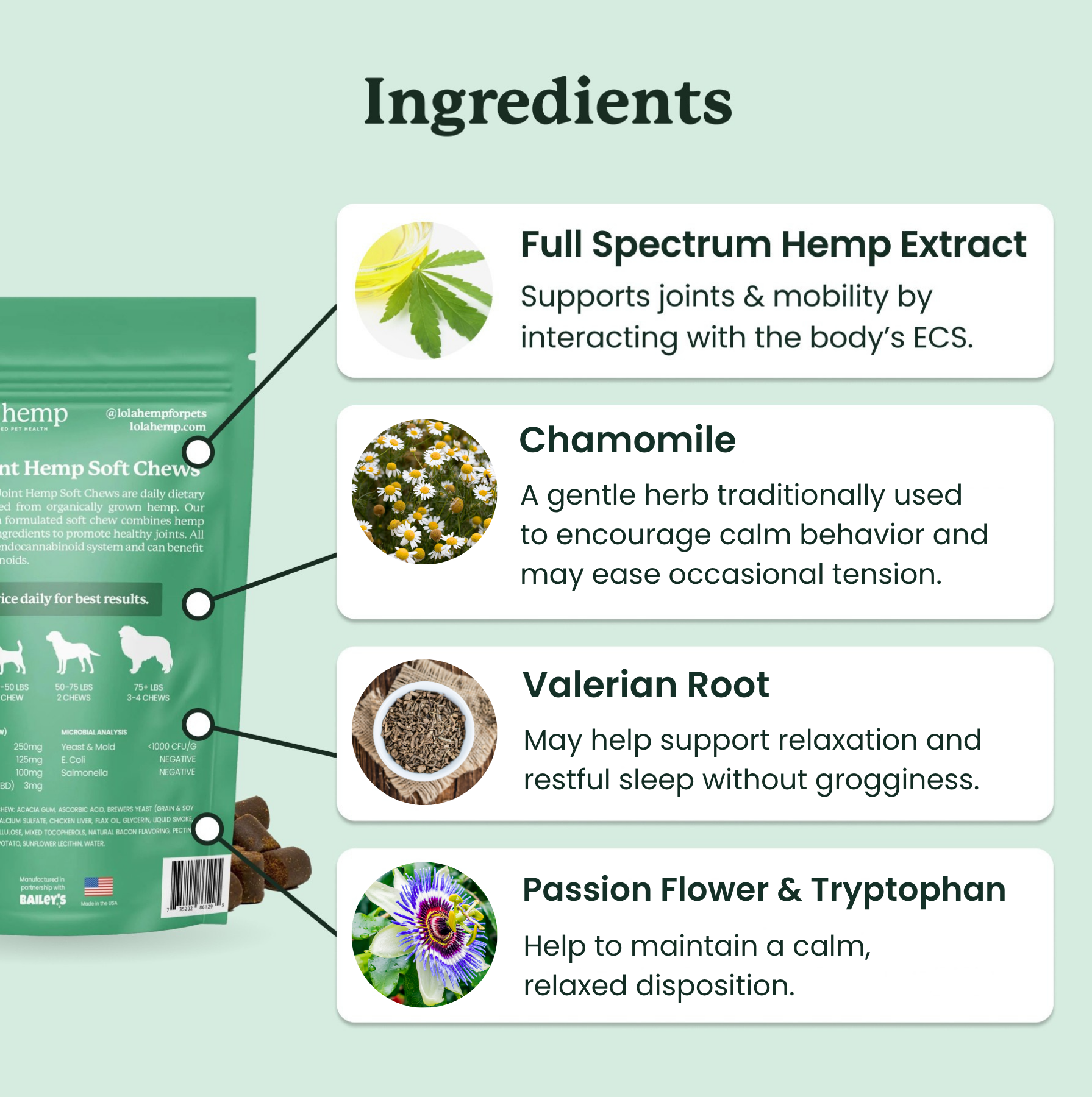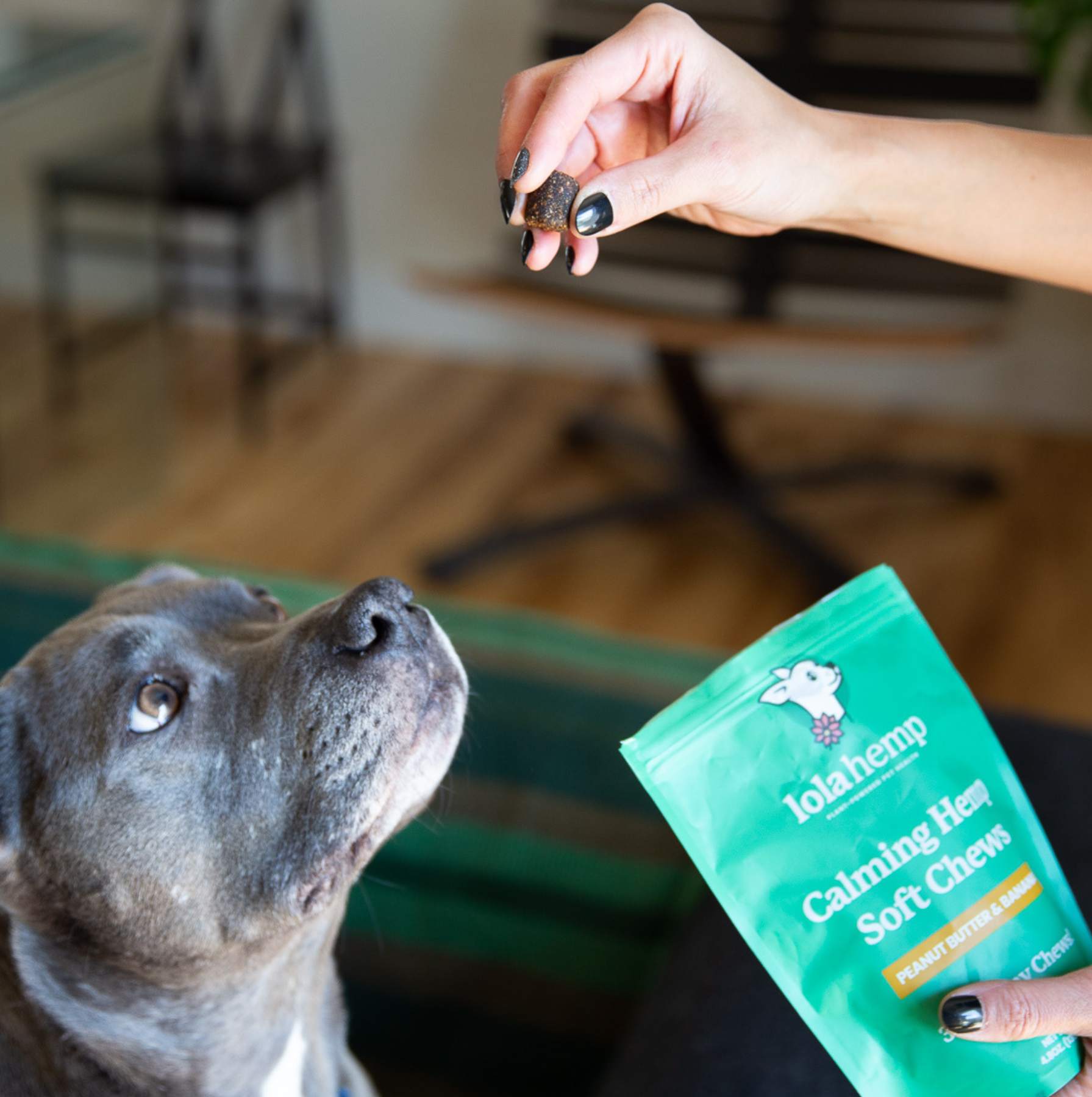Terrier Group dogs were bred with one primary purpose in mind: to hunt and eliminate vermin, specifically foxes and rabbits. These dogs are tenacious and effective pest controllers, but that doesn't mean they aren't some of the sweetest family pets known to man.
Terriers are very intelligent and capable dogs, and they can fit into a family unit just as well as some can fit into a crevice in search of a rat. Other breed groups may be focused on retrieving, guarding, or companionship, but terriers were developed to pursue and neutralize small game—often underground or in tight spaces.
This article takes a look at some of the key qualities of terriers, their strengths, health considerations, and more! Let's get started.
What Are Terrier Breed Dogs?
Terriers are small to medium-sized dogs that were bred for vermin control and small game hunting, primarily on or around farms. Many terriers have short legs for going into burrows, or wiry coats that help protect them while moving through thick brush or tunnels. Over time, some terriers were adapted into companion dogs, but many still retain strong working instincts.
Terriers aren't your average small, relaxed dogs. They're typically medium to high energy dogs with a lot of life in them. The terrier group encompasses a wide variety of unique breeds, with all of them possessing relatively high prey instinct and varying levels of friendliness to other dogs and strangers.

Here’s a breakdown of the types of terriers:
- Earthdogs: These dogs, such as the Border Terrier or Cairn Terrier, were bred to pursue rodents and foxes underground.
- Bull-type Terriers: Originally developed by crossing terriers with bulldogs for dog fighting and pest control (e.g., Bull Terrier, Staffordshire Bull Terrier).
- Toy-adapted Terriers: Some breeds, like the Yorkshire Terrier, were bred down in size for urban vermin control and later companionship.
For example, the Airedale Terrier, the largest of all terriers, was bred to hunt otters and guard property. Meanwhile, the Jack Russell Terrier was designed for fox hunting and is still known for its incredible drive and high energy.
Note that terriers, especially bull-type terriers, can be territorial and potentially aggressive to other dogs. It's important to socialize and train your terrier early in life, because these dogs were bred with some qualities that could be problematic if they aren't honed.
How Did Terrier Dogs Come to Be?
The origins of most terriers trace back to the British Isles in the 18th and 19th centuries, where they were bred to control rats, badgers, foxes, and larger pests like otters (in the case of the Airedale Terrier) or wild bore. Working-class farmers, hunters, and landowners all used terriers as a practical tool for pest management.
Dogs like the Scottish Terrier or Bedlington Terrier were often employed to work in coal mines or rural farmlands. The instinct to dig, chase, and bark at intruders was encouraged through generations of breeding. Many terriers were also involved in sport hunting or ratting competitions, especially in urban centers.
Despite changes in their modern roles, the intensity and self-confidence terriers were bred for remain strong traits in the breed today. Don't be misled by their small, cute appearance! Terriers have a lot of energy, a high prey drive, and require a lot of mental and physical characteristics.
Common Traits of Terrier Group Dog Breeds
Terriers are typically energetic, alert, and brave—often far beyond what their size would suggest. These dogs are instinct-driven and fiercely independent. While loyal and affectionate with their families, they can be challenging for first-time dog owners without proper structure and training.

Most terriers require consistent exercise, mental stimulation, and firm (but fair) training to thrive. They may not be the best fit for homes with small animals like rabbits, guinea pigs, or even cats unless carefully socialized.
- Bold Personality: Fearless and curious, often eager to take on much larger animals.
- High Prey Drive: Bred to chase and kill small game—this instinct remains strong.
- Energy: Needs daily activity to stay calm and focused.
- Independence: Not always eager to please; may resist commands without consistent training.
- Vocal: Often bark at noises, movement, or potential intruders.
Do Terrier Breed Dogs Have Common Health Issues?
Terriers are generally hardy and long-lived dogs, but some breeds have predispositions to health conditions based on their size, build, or genetics. Many smaller terriers are prone to dental issues, while others can suffer from joint problems, skin conditions, or hereditary diseases.
- Luxating patella: Common in small terriers like the Yorkie or Rat Terrier. The kneecap slips out of place, causing discomfort or lameness. This is common in some other small toy dogs due to their genetics, growth rate, and lifestyle.
- Legg-Calvé-Perthes disease: A bone condition that affects the hip joint in smaller breeds like the Manchester Terrier.
- Atopic dermatitis: Terrier breeds with wiry coats (e.g., Westie) are prone to itchy skin and chronic allergies. You may need to mitigate this with topical balms, anti-itch shampoo, and immune-boosters.
- Dental disease: Particularly in toy-adapted terriers due to their small mouths and crowded teeth.
Routine vet visits, dental care, and joint support supplements can help reduce the risk of long-term issues in terrier breeds. Many of these issues are preventable or manageable if you can spot symptoms early and take steps to support your dog's health. Dental, joint, and allergic symptoms are all ones that can be managed with relative ease.
Are Terriers Good for Families?
Terriers can make excellent family dogs for active, structured households. However, they are not passive lap dogs. A terrier can become a ball of energy with a strong drive, especially if it's not trained properly.
These dogs need clear expectations, training, and physical outlets for their drive. When well-socialized and exercised, terriers are loyal, fun, and surprisingly affectionate companions.
They often bond strongly with their families and enjoy being involved in daily life. Still, potential owners should be aware of their strong personalities and prepare to manage them with consistency. Think about "Eddie" in the show, Frasier.
- Pros: Lively, loyal, intelligent, long lifespan
- Cons: High prey drive, stubborn, may not be suitable with small animals or very young kids
If you’re looking for a bold, spirited dog with a big personality, a terrier may be a perfect fit—as long as you’re ready for their energy and tenacity.
Pit Bulls & The Terrier Breed Group
The American Pit Bull Terrier isn't recognized by the AKC, but it is recognized by the UKC (United Kennel Club). The Staffordshire and American Staffordshire Terriers are recognized by the AKC.
These three breeds, and the combinations of them, are generally referred to as "pit bulls." These dogs have their origins in England, and were originally bred for farm work, championship shows, and, unfortunately, dog fighting.
Pit bulls can be excellent family dogs, despite being portrayed in other ways at times. Pit bulls are trainable and loving, but they also required skilled owners who can hone their intense energy and ensure that they're properly socialized.
Notable Terrier Group Breeds
- Yorkshire Terrier
- Jack Russell Terrier
- West Highland White Terrier (Westie)
- Airedale Terrier
- Scottish Terrier
- Bull Terrier
- Staffordshire Bull Terrier
- Border Terrier
- Cairn Terrier
- Miniature Schnauzer (classified as terrier by AKC)
Final Thoughts
Terrier Group dogs were built for grit, independence, and fearlessness. These traits make them exciting, capable pets—but they also come with responsibility. Their instinct to chase, dig, and guard is still very much alive, and it needs direction.
If you don't hone those drives, your dog could outmatch you in intensity and pose some issues - not least of which being their safety! Terriers may dart in search of prey, and this puts them in danger of getting into harm's way.
If you provide consistent training, clear boundaries, and daily engagement, a terrier can be one of the most rewarding—and entertaining—companions you’ll ever have. Just make sure you're prepared to match their energy!









